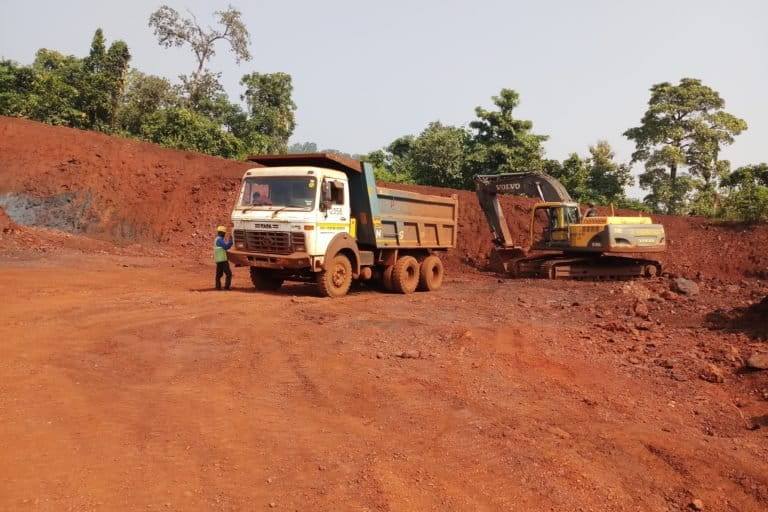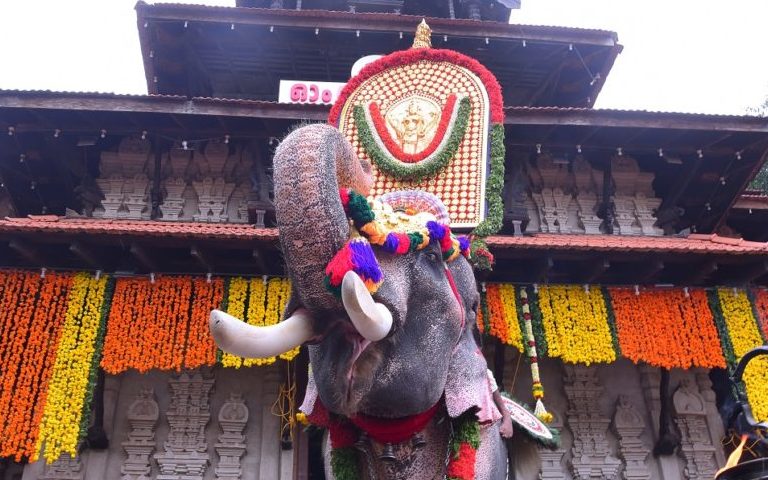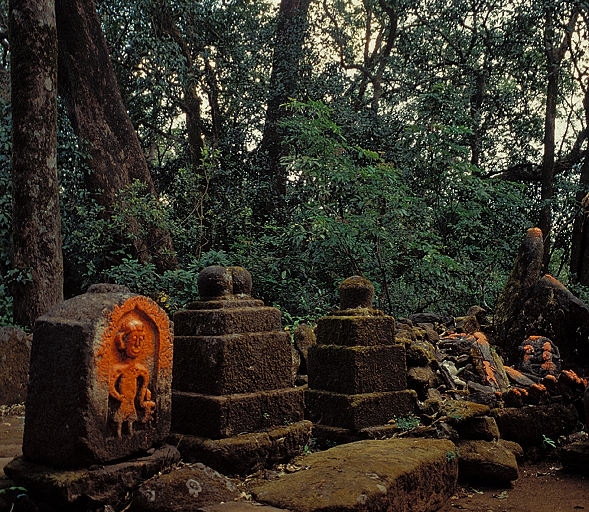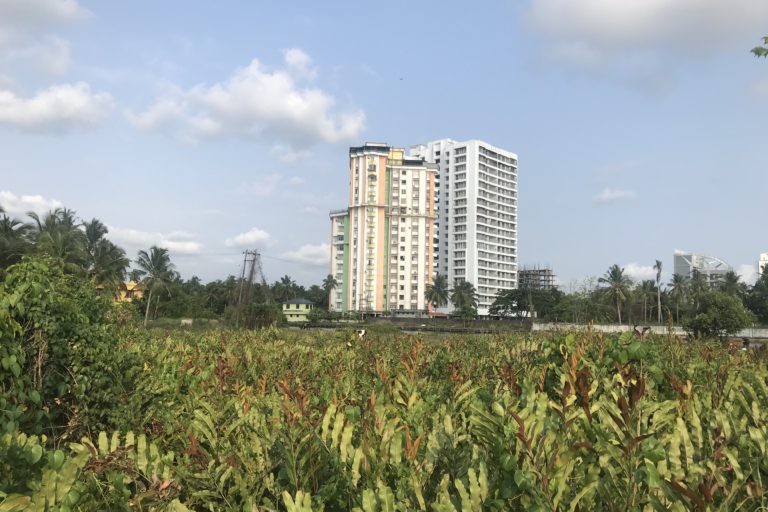This week’s stories rolled into one.
To receive a weekly email with a roundup of our stories, please sign-up to our newsletter.
NDA 2.0: What it means for India’s environmental sector?
As the NDA government returns to power with a mandate bigger than 2014, activists fear dilutions of the green laws and rules against the interests of the tribal people and forest dwellers would continue unabated.

Amid elections, government proposes overhaul of environment clearance rules
The central government has proposed to overhaul the Environment Impact Assessment notification 2006 which governs the environment clearance process for industries.

Study maps rise in non-CO2 emission from cropland based agriculture over 30 years
The increase in nitrous oxide emission can be clearly attributed to the link between fertiliser pricing policy and disproportionate use of nitrogen-based fertiliser, finds a study.

Stalagmite chemistry offers clues to northeast India’s rainfall variability
It shows a link between climatic conditions in the Pacific Ocean and winter rainfall amounts in northeast India. This distant link between land and ocean records could aid in predicting dry season rainfall amounts in the region.

No country for regulation – of genetically engineered crops
As illegal seed varieties continue to enter Indian farms and markets, the functioning of the apex regulatory agency for genetically modified crops is under scrutiny.

To parade or not: An elephantine problem at Thrissur Pooram
A celebrated elephant was paraded to mark the commencement of the Thrissur Pooram. It is partially blind and has a history of running amok during festivities at the slightest provocation.

[Commentary] Biodiversity heritage sites could turn out to be a lifeline for India’s conservation efforts
By recognising biodiversity heritage sites, India’s Biological Diversity Act of 2002 provides an opportunity for conserving these relics of ancient diversity.

[Book Review] Exploring alternate governance models for sacred natural sites
In his book on indigenous sacred natural sites, author John Studley explores the need for alternative forms of governance models for Sacred Natural Sites.

[Photos] Odisha’s Bonda tribe hit by changing climate
Rising temperatures and deforestation, along with poor development and insurgency by radical groups, have impacted the traditional practices and lifestyle of the Bonda tribal community.

Five Kochi buildings to be razed down for CRZ violations
The Supreme Court ordered five apartment complexes on Maradu island to be demolished for construction on a CRZ-III zone, an area where several activities including construction are strictly regulated.

